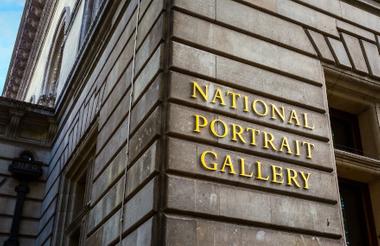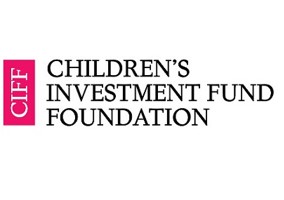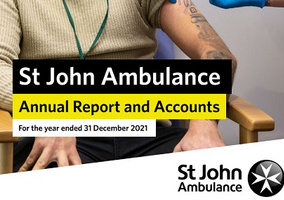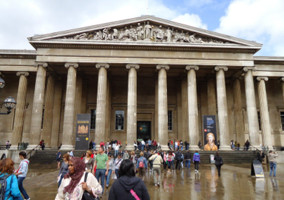The National Portrait Gallery’s workforce reduced by 122 staff in 2020-21, according to its most recently filed annual accounts.
This is a decrease of 46%. Some 109 staff were made redundant at the end of June 2020, with a further seven taking redundancy by the end of March 2021. Six left the organisation and were not replaced.
The National Portrait Gallery was closed to the public in 2020 and is not set to reopen until Spring 2023 due to its Inspiring People project, which requires major transformation to the building.
A spokesperson from the exempt charity said the gallery had always planned to "reduce its headcount" in account of this, but "do expect to go back to its pre-closure headcount", as it needs that number of staff in post to operationally manage the running of the gallery.
Diversity of staff drops
The decrease in staff has affected the diversity of the National Portrait Gallery’s workforce. In 2020-21, the majority of its workforce was white (83%), with almost 12% “other than white” and 4.9% not wishing to state their ethnicity.
The gallery had a predominantly female workforce, made up of 73.4% women and 26.6% men in 2020-21. Currently, there is no category for non-binary people.
When asked about this, a gallery spokesperson told Civil Society News: "This is something that the gallery is currently considering. We will be implementing a new HR system in December 2022, which may make changes to the ways in which we record the personal data of our staff."
The mean average of the gender divide for the last three financial years sits at 28% of men making up the workforce compared to 71.8% of women.
In 2020-21, 2.03% of the workforce had a disability, which is a slight increase from 2019-20 at 1.9%.
The report states: “The National Portrait Gallery is committed to becoming a truly inclusive organisation with a workforce and audience that represents the communities it serves. The gallery runs a blind recruitment process, ensuring that those involved in the recruitment decision-making processes do not have access to candidates’ personal details.”
The gallery is also part of the Disability Confident Scheme.
In 2020, some 13 staff were paid above £60,000 per annum compared to 12 in 2021. The highest earning employee made between £110-119,000 in 2020-21.
Memberships held up despite gallery closure
Despite the long-term closure of the gallery, its membership retention rate was 75%. However, new member acquisition rates have been “heavily impacted” by the pandemic, the report reads.
The total income of the charity fell by £3m to just over £20m this financial year and a total expenditure of £16,643m which is down from £6m compared to the year before.
Fundraising income for the last financial year only fell marginally from £6,454m in 2019-20 to £6,008m last financial year.
The major fall in the exempt charity’s income can be attributed to a couple of areas. Firstly, income from charitable activities fell by 62% from 2019-20 to 2020-21. This is a drop of over £2m.
While donations and legacies, primarily through government-funded grants, increased by £1m this financial year, other donations and legacies dropped more than half from £1,844m in 2019-20 to £723,000 last year.
Related articles












